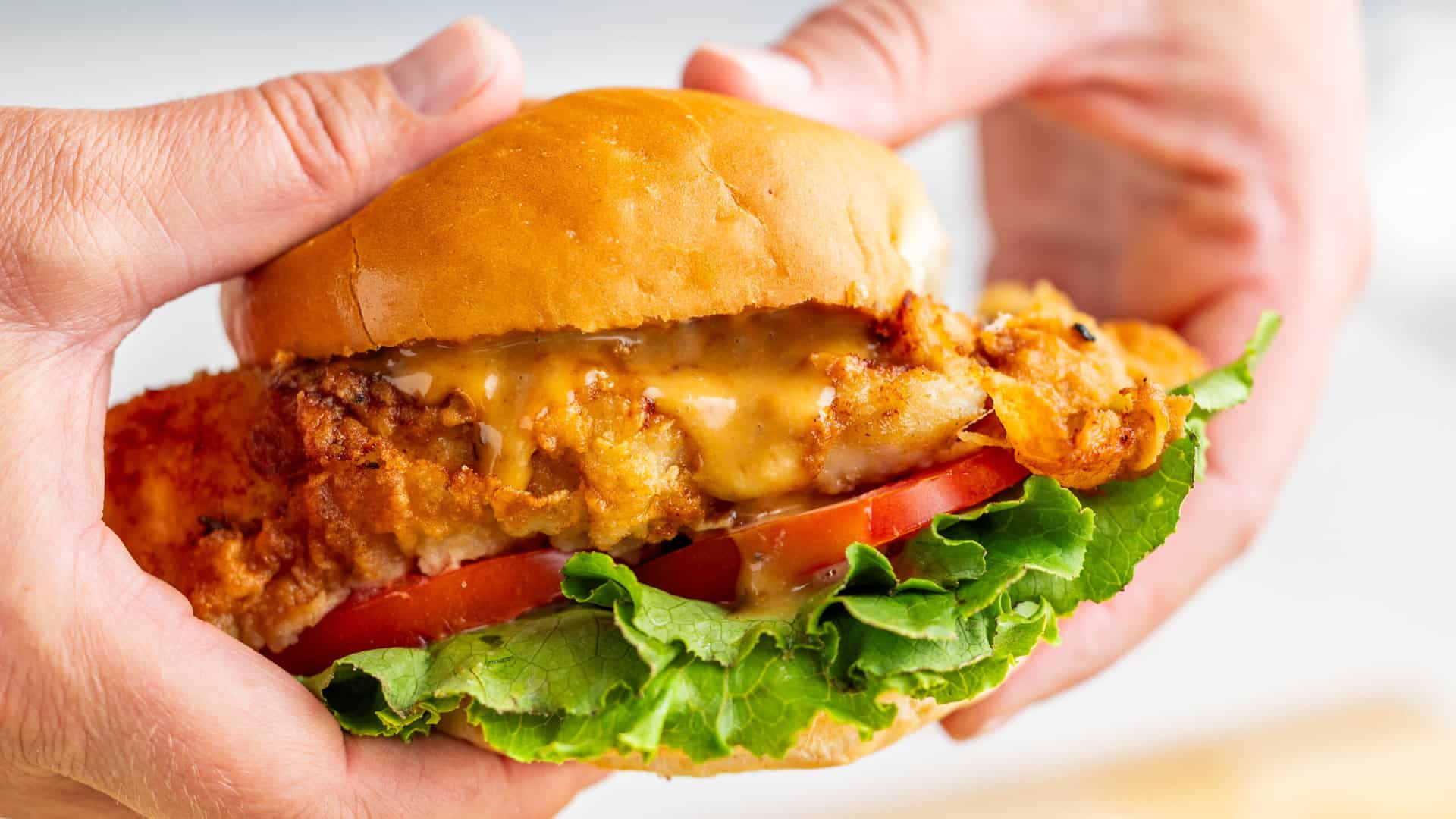Just a few months in the past, I used to be given a one-pound package deal of einkorn grain. Whereas I have been concerned with einkorn and different primitive wheats, the excessive value (relative to trendy wheats) has put me off. I haven’t got any compelling well being points that may militate in opposition to utilizing trendy wheats, so my curiosity hasn’t been sufficient to override the excessive value level.
Since I used to be on the level of needing to make bread once more, and because the einkorn was sitting on the shelf, I made a decision it was excessive time to mill the grain and use it in a bread. I spent fairly a little bit of time noodling by means of the archives right here on TFL, taking a look at einkorn posts. The majority of these have been levain-based breads. Since I wished to get a way of the einkorn’s taste with out different influences, and since there was a lot commentary about einkorn’s weak gluten, I went seeking a yeasted model. What I finally settled on was a recipe from Jovial Meals for an Easy Einkorn Whole Grain Bread.
The recipe produces a reasonably easy no-knead bread. The one tweak that I made was to bump the salt content material up from 3g to 8g. After combining the water, honey, and yeast, I milled the flour straight into the bowl, added the salt, and stirred every little thing till the entire flour was absorbed and a tough dough shaped. The dough was left within the bowl, coated, and allowed to ferment for half-hour.
On the finish of the quick bulk ferment, the dough regarded puffy and was maybe 50% bigger. At that time, the dough was scraped from the bowl right into a well-greased 8×4 loaf pan. I smoothed the highest of the loaf off with moist fingers. The loaf was coated and allowed to ferment for an additional half-hour. The oven was preheated whereas the loaf fermented.
On the finish of the ultimate ferment, I ran right into a snag. The loaf had expanded properly and was domed about half an inch above the rim of the pan. The dough lived as much as einkorn’s repute for stickiness and didn’t need to launch the plastic wrap that had been draped over the pan. I used a bowl scraper to softly coax the dough free from the plastic however nonetheless wound up with a scalped loaf. As soon as once more, I moist my fingers and smoothed it out as a lot as I may with out inflicting additional harm.
Thankfully, baking went off with no hitch. On the finish of 40 minutes, the inner temperature was between 195F and 200F, and the bread was a beautiful shade of brown. The dough was allowed to chill within the pan for quarter-hour after which turned out to chill on a rack. As soon as cooled, the loaf was positioned in a plastic bread bag.
I used the bread the subsequent day to make a ham sandwich for lunch. The bread is scrumptious, with none trace of the bitterness that some individuals have famous in einkorn. Does it style considerably higher than entire wheat bread made with trendy wheats? Not that I can understand. And positively not sufficient to justify paying multiples of the value for contemporary wheat if taste is the first choice standards.
Should you look carefully on the crumb, you may discover that the bread was simply slipping throughout the border between well-fermented and over-fermented. The crumb within the higher a part of a slice is moderately coarse and open whereas the crumb on the backside is exhibiting indicators of compression. General, if I have been to make use of this recipe once more, I would scale back the yeast content material from 7g to 4-5g. I would additionally dial the hydration again to about 70%, because the bread is extraordinarily moist on the recipe’s 77%.
Listed here are a few pics that present the loaf:
Barring the tussle with the plastic wrap, it might have been fairly fairly.
Paul









